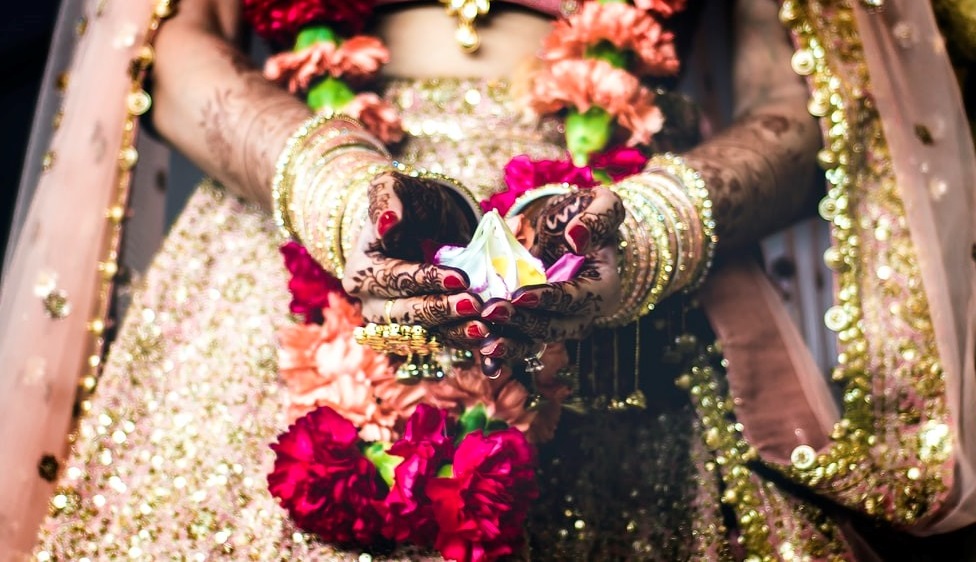Traditional Clothing in India spans a very long time back and has its roots in its history. Although the styles have changed over time and diversified into regional differences across India, one can still see that Indian clothing has maintained its own identity and importance even to this day.
Traditional clothing mainly includes clothes or attire essential to a country’s culture, suitable for essential functions and occasions. This type of clothing is usually worn on special occasions like festivals, celebrations, weddings, along with traditional jewelry like necklaces, and bangle bracelets, etc. Many traditional outfits are also worn as formal attire for work purposes by professionals in many countries.
Importance of traditional clothing in India
Traditional clothing is an essential part of everyday life for Indians, be it men or women. It portrays the social status and upbringing of individuals in society. More importantly, these are not seen as just clothes but as symbols of tradition passed down generation after generation centuries ago. They are made with different materials depending on which region they’re from – cotton being popular material for many areas while artisans of Kumaun and Kashmir weave silk together for the royalty.
India, one of the most diverse nations in terms of ethnicity and cultures, has always been home to various traditions that are still followed with respect and dignity towards the regions they originated from even today after centuries! There isn’t any particular style or outfit that can be considered traditional Indian costume; India is known for its diversity in culture and tradition and its various regions having their unique traditional clothing.
Some of the historical clothing include
One of the most popular forms is the Sari or Ghagri, worn by women ages ago, long before even records India’s history. Some historians believe it originated from Mesopotamia (modern-day Iraq) over 5,000 years ago, spreading to Persia and onto the Indian subcontinent via Iran. [Nowadays, many variations have been created from this – for example, the Patiala Salwar ]. Upper caste men wear Dhoti or Langota, while lower classmen wear a shorter version called the Kachcha. Men wear a Kurta or Sherwani on top with their Salwar Kameez underneath [or sometimes shirt instead of a kurta]. Much traditional male clothing in India has its roots in the Mughal Era.
A loose shirt is worn mainly in India; Kurta has been an essential part of Indian dressing since ancient times and is still popular among the male folk. It originated from the Vedic culture and evolved into a more brocade form with different cuts and styles to suit each region’s weather! The other famous attire for men includes dhoti, lungi, JAMA & sherwani whereas women usually prefer saree, salwar kameez or churidar suits. Saree was also considered the traditional outfit of Indian women during earlier days. Still, over time, this dress code has changed, and we can see women all across India wearing different types of traditional and stylish outfits!
The Indian subcontinent is home to several ethnic groups, and each group has its unique traditional clothing.
Even today, garments form an essential expression of the religion, culture, and tradition of any particular region or group of people. Different craftsmanship styles have evolved concerning the type of material used, cut & design of these outfits, mainly depending upon geographical location & climatic conditions.
Mountainous regions tend to be colder than coastal areas, so different types of dresses were designed according to that factor.
Wrapping Up!
Different types of traditional costumes in India include many items like – sari (a single piece of draped dress for women), salwar kameez (a traditional dress for women which includes three pieces – the Punjabi kameez, salwar, and dupatta), Kurtas (A long shirt-like garment), lungi (men’s apparel) and so on.
We can see many different types of clothing in movies or TV shows where actors are shown wearing Indian outfits, but we must know that they aren’t always authentic. If you want to buy traditional dresses, check out various online stores to get perfect ethnic wear.
I hope this article was helpful to you all and gives you good insights into what India’s clothing culture is!


